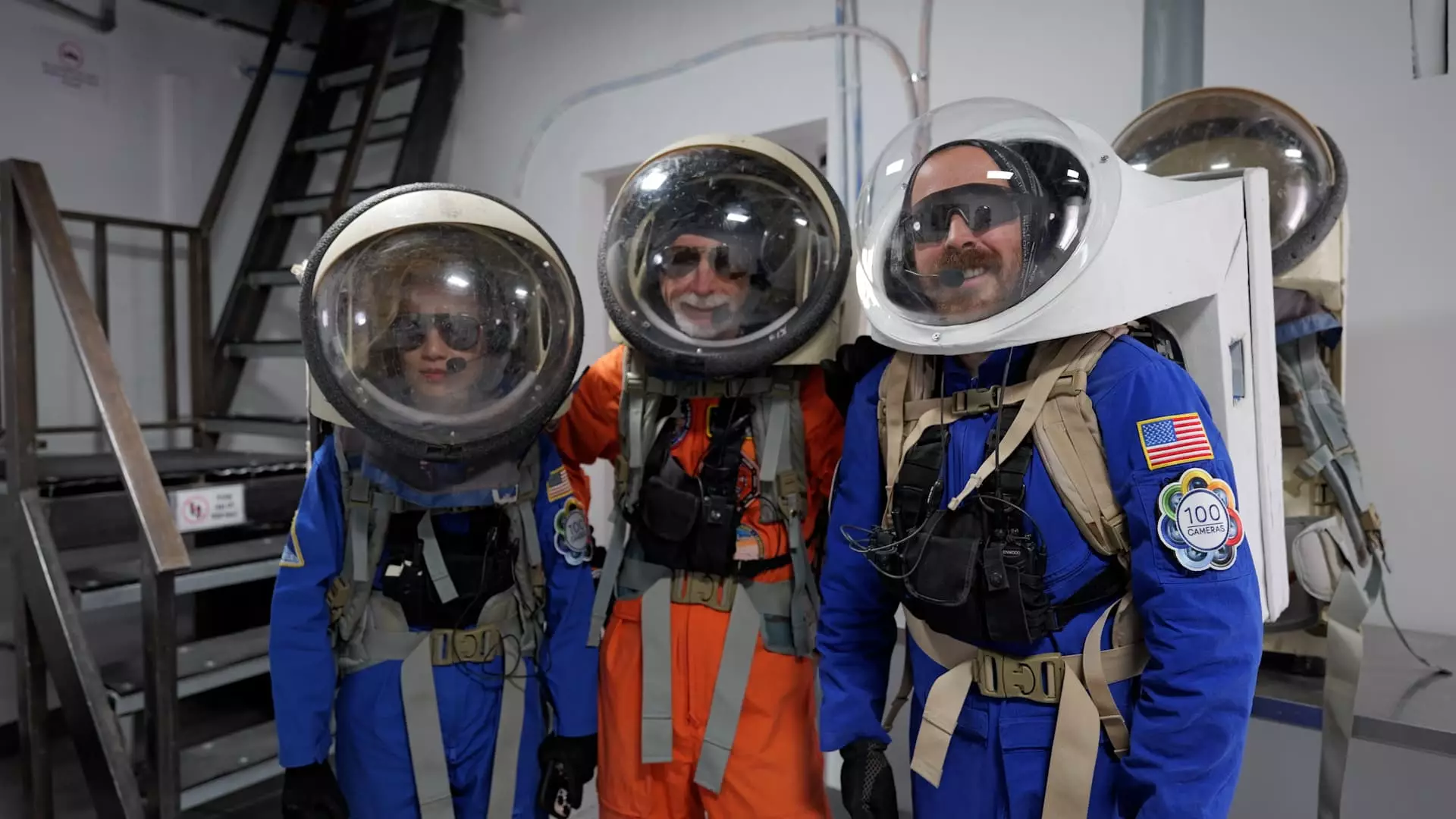The quest to colonize Mars has long captured human imagination, but reality remains distant until rigorous testing and preparation are completed. The Mars Society’s Desert Research Station in Utah offers a vital platform for this endeavor by simulating the Martian environment with impressive fidelity. Unlike laboratory simulations or virtual training, this remote facility immerses crew members in a setting that mimics the terrain, isolation, and daily routines they would face millions of miles from Earth. Such efforts are not merely academic exercises—they are crucial stepping stones in turning science fiction into scientific fact.
Authentic Challenges for Future Martians
Living in this simulated environment, crews like Crew 315 exemplify the dedication and resilience required for Mars colonization. Their daily routines—ranging from morning briefings to extravehicular activities—mirror what future astronauts will undertake. These EVAs, akin to spacewalks, test their ability to perform critical tasks while wearing simulated spacesuits, pushing them to adapt to the physical and mental demands of extraterrestrial exploration. The culture of strict discipline, combined with the need for seamless teamwork, ensures that they develop the skills necessary for survival in an unforgiving environment.
The Significance of Real-World Testing
One cannot underestimate the importance of these analog missions. While technological advancements by companies like SpaceX promise rapid progress toward Mars, the human element remains the most complex hurdle. Psychological endurance, procedural familiarity, and physical adaptability are all tested in these extreme settings. Crew members speak candidly about the challenge of establishing a rhythm—an essential aspect for long-term survival—and how, despite the lower risks on Earth, the stakes onboard are designed to prepare them for the harsh realities of space.
Why These Missions Matter for Humanity’s Future
Despite the allure of landing on Mars within the next decade, the path forward requires more than just ambitious timelines. It demands meticulous preparation rooted in authentic experience—precisely what these analog missions provide. They serve as crucibles for innovation, testing both the technology and the human spirit necessary for such monumental endeavors. As we inch closer to reaching Mars, these miniature societies of explorers symbolize our collective determination to push beyond our earthly limitations. They remind us that no matter how advanced our machines become, the true challenge lies in preparing our minds and bodies for the extraordinary journey ahead.


Leave a Reply